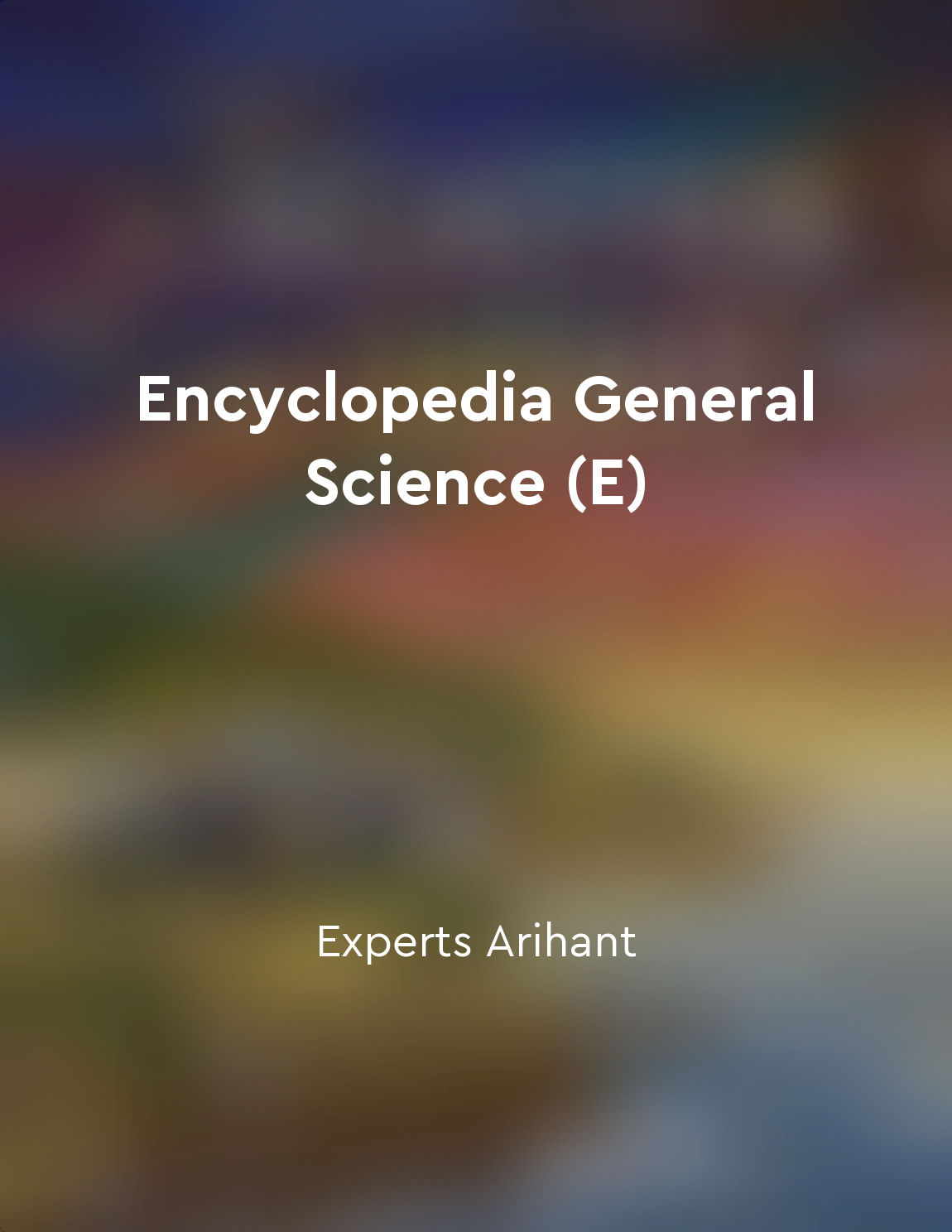Aromatic compounds contain a benzene ring from "summary" of NCERT Chemistry Class 11 - [CBSE Board] by Dr. S. C. Rastogi, ,Er. Meera Goyal
In organic chemistry, aromatic compounds are a special class of compounds that exhibit unique properties. These compounds are characterized by the presence of a benzene ring in their structure. The benzene ring consists of six carbon atoms arranged in a hexagonal ring with alternating single and double bonds. This delocalized electron cloud gives aromatic compounds their distinctive stability and reactivity. The concept of aromaticity is based on the Hückel rule, which states that a compound is aromatic if it has a planar, cyclic structure with 4n+2 π electrons, where n is a non-negative integer. This rule helps us determine whether a compound is aromatic, non-aromatic, or anti-aromatic based on the number of π electrons present in its structure. Aromatic compounds with 4n+2 π electrons are stable and exhibit unique properties such as resonance stabilization and enhanced reactivity. Aromatic compounds are known for ...Similar Posts
Drug delivery systems and formulations
Drug delivery systems and formulations are vital in the field of pharmacy as they play a crucial role in ensuring that drugs ar...
Elements can be both simple and complex
One of the most fascinating aspects of the elements is their ability to exhibit both simplicity and complexity. On the surface,...
Redox reactions involve the transfer of electrons between species
Redox reactions are chemical reactions in which there is a transfer of electrons between the reactants. This transfer of electr...
Adsorption isotherms interpretation
In interpreting adsorption isotherms, it is important to first understand the different types of isotherms that can be observed...

Finding one's passion is a journey
Discovering what truly ignites our spirit is not a simple task. It is a process that unfolds over time, requiring patience and ...
Every element found its place in his table
Mendeleyev's genius lay in his ability to perceive the hidden order that underpinned the chaotic world of chemical elements. He...
The discovery of new elements led to adjustments in the periodic table
The periodic table has undergone several adjustments over the years due to the discovery of new elements. These new elements ha...

Astronomy delves into the study of celestial bodies
Astronomy is a fascinating field that focuses on the study of celestial bodies such as stars, planets, comets, and galaxies. It...
The atomic number of an element is equal to the number of protons in its nucleus
The atomic number of an element is a fundamental concept in chemistry. It represents the number of protons present in the nucle...
Hydrocarbons are organic compounds made up of only carbon and hydrogen atoms
Hydrocarbons are molecules composed solely of carbon and hydrogen atoms. These compounds are fundamental in organic chemistry a...
